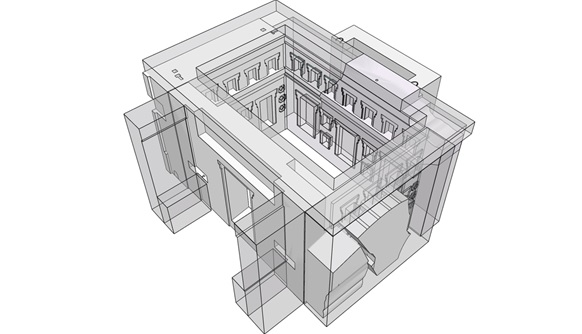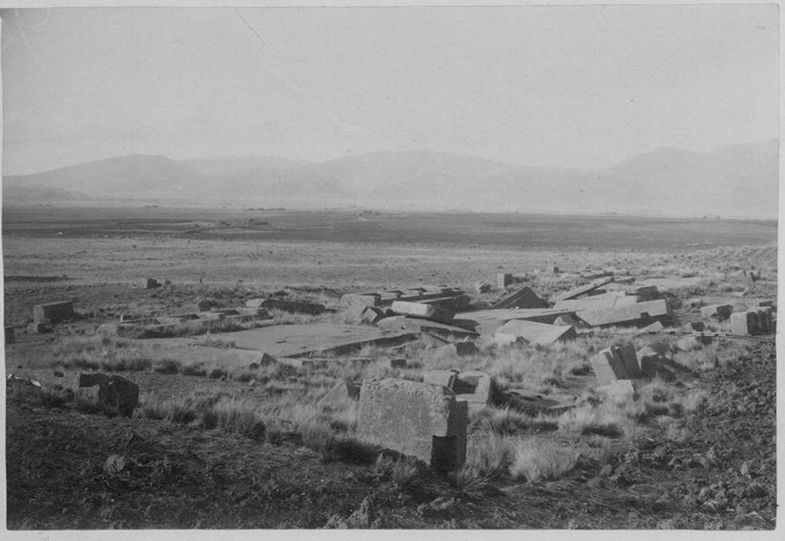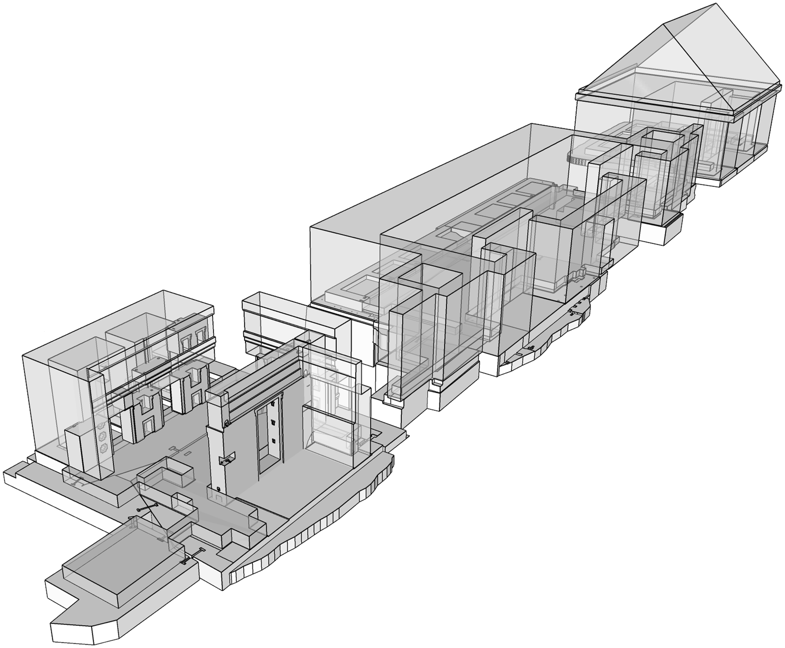
Dr. Alexei Vranich and his team of archaeologists from the University of California, Los Angeles (UCLA), have used 150 years of archaeological data to create and assemble a 3D printed scale model of the Pumapunku temple.
It is estimated that the people of Tiwanaku in Bolivia constructed Pumapunku sometime between 500 and 950 A.D. Considered an extraordinary technological marvel, Pumapunku represents the full extent of the Tiwanaku people’s skill in masonry and knowledge of architecture. Vranich has written in the accompanying paper that Pumapunku’s craftsmanship has “long been considered the architectural apogee of Andean pre-Colombian lithic technology”.

Unfortunately, the Tiwanaku people were unable to finish the temple due to a drought, and looters all but demolished the remainder during the Colonial period. Although archaeologists have successfully measured and identified all of the individual pieces, Pumapunku remains un-restorable due to its vast size and incomplete nature. In addition, no blueprints or schematics of the temple exist, resulting in limited effectiveness of computer-based modelling techniques for reconstruction.
Rather than relying on software and algorithms, Vranich decided to 3D-print a scale model of each piece of debris and reassemble them by hand as if they were a puzzle. Using the archaeological data gathered over the past 150 years to create virtual models of each piece, Vranich and his team then 3D-printed the models at 4/100 scale.

Assembling the small 3D-printed pieces proved to be an intuitive and effective process. “The human brain continues to be much faster and more efficient than computers when it comes to manipulating and visualizing irregular 3D forms,” wrote Vranich.

Due in thanks to human’s edge in spatial intelligence, Vranich and his team were able to troubleshoot and manipulate the 3D-printed pieces in ways that computers could not and had succeeded in their efforts to build a 4/100 scale model of the Pumapunku temple.
Once finished with the manual reconstruction process, the completed temple’s schematics and measurements were re-uploaded into an architectural modelling program and after analyzing the completed reconstruction, new insight was gained on the Pumapunku temple’s architectural design.
The temple’s gateway design is particularly fascinating. Lined up in a symmetrical fashion, the gateways were designed to create the illusion of infinite space. “It would create an effect as if you were looking into infinity in the confines of a single room,” wrote Vranich.
Now with the visual reconstruction of the Pumapunku temple, Vranich plans to share the reconstruction with other experts so that further studies can be conducted in order to develop new understandings of pre-Colombian architecture and masonry.
To learn more about the Tiwanaku ruins and Vranich’s reconstruction project, click the link below.
https://heritagesciencejournal.springeropen.com/articles/10.1186/s40494-018-0231-0





